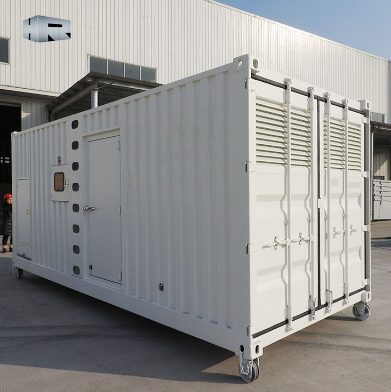
How to Get the Best Customized Shipping Container for Your Needs
Shipping containers have become a popular choice for various purposes such as storage, housing, and even mobile shops. Customizing a shipping container according to your specific needs can help you maximize its functionality and create a unique space that suits your requirements. However, getting the best customized shipping container requires careful planning and consideration. Here are some steps to guide you in the process:
1. Determine your purpose and requirements: Start by clearly defining the purpose of your shipping container. Do you plan to use it for storage, as a living space, or for a specific business venture? Consider the dimensions, features, and modifications required to meet your needs. This initial step will help you communicate your requirements effectively to the container supplier.
2. Find a reputable container supplier: Look for container suppliers who specialize in customization and offer a wide range of options. Research the supplier's reputation, read customer reviews, and ensure they have experience in modifying shipping containers to meet specific needs. This will help you find a reliable supplier with the necessary expertise.
3. Consult with the supplier: Once you have identified a few potential suppliers, schedule a consultation to discuss your requirements in detail. Share your purpose, desired modifications, and any specific features you need. The supplier can provide insights on the feasibility of your ideas and offer suggestions based on their experience.
4. Discuss budget and timeline: During the consultation, discuss your budget and timeline expectations with the supplier. Customization costs can vary depending on the extent of modifications required. It is essential to establish a clear understanding of the costs involved and the time required for completing the customization process.
5. Review design options: After discussing your needs and budget, the supplier will provide you with design options. Review these options carefully, considering factors such as insulation, ventilation, doors, windows, electrical wiring, plumbing, and other customization features. Evaluate how each design option aligns with your requirements and choose the one that suits you best.
6. Get detailed cost estimates: Once you have finalized the design option, request a detailed cost estimate from the supplier. This should include the cost of the container itself, modifications, delivery, and any additional services required. A detailed breakdown of costs will help you understand the expenses involved and make an informed decision.
7. Sign a contract: Before proceeding, ensure that you have a written agreement with the supplier that includes all the details discussed, including the design, cost estimate, delivery date, and any warranty or after-sales services provided. Make sure all parties involved are clear about their responsibilities and obligations.
8. Monitor the customization process: Throughout the customization process, maintain regular communication with the supplier. This will help you stay updated on the progress, address any concerns promptly, and ensure that the modifications meet your expectations.
9. Arrange transportation and delivery: Once the customization is complete, coordinate with the supplier to arrange transportation and delivery of the customized container to your desired location. Consider any specific logistical requirements or constraints and plan accordingly.
10. Inspect and test the container: Upon delivery, thoroughly inspect the customized container to ensure that all modifications have been implemented correctly. Test the functionality of all customized features and address any immediate issues or concerns with the supplier.
By following these steps, you will be able to get the best customized shipping container that aligns with your needs and specifications. Remember, effective communication with the supplier is crucial throughout the process to ensure a successful outcome.




تعليق
(0)